Location
As per the Buddhist tradition, Lumbini is the birthplace of Siddhartha Gautama, who is also known as Buddha. This place is located in the Terai region of Southern Nepal and is very close to the Indian Nepalese border. Irrespective of their religion, people from all walks of life are always fascinated by the beauty of this place. It is easy to reach Lumbini due to Gautam Buddha Airport at Bhairahawa. Apart from the airports, there is an ongoing construction work going on for building hotels across Lumbini to promote the beauty and uniqueness of this place.The Birth of Buddha and Religious History
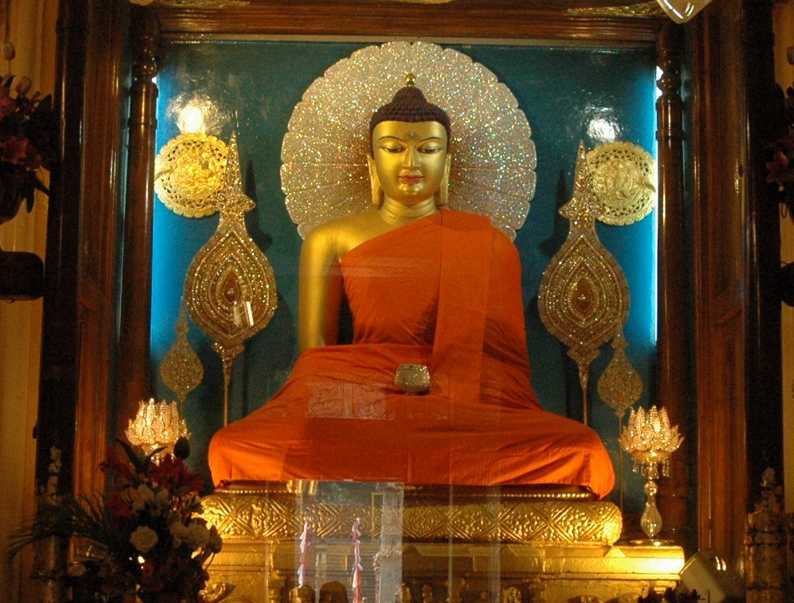
Important Historical Moments in the History of Lumbini
- The legendary Indian Emperor developed the Lumbini which is now a UNESCO World Heritage Site.
- Ashoka had visited Lumbini around 248 BCE and had erected a pillar that had the content commemorating the birth of Buddha. Later on, he built a wall around the village and created four stupas to mark the spot.
- A Chinese pilgrim named Faxian made another visit around 403 CE. The history and beauty of Lumbini fascinated Faxian, and he wrote about it in his works named “A record of the Buddhistic Kingdom”.
- Later on, as time passed, another Chinese pilgrim named Xuanzang visited Lumbini after two hundred years. He observed that the pillars were destroyed by lightning and the popularity of the site had decreased gradually.
- After many years, the area came under the control of the Muslim leaders and was destroyed and later on, was under the control of the Hindu kings.
- The shifting of rulership based on religion severely affected the condition of Lumbini as the site was being destroyed gradually.
- In 1895 CE, a German archaeologist named Alois Fuhrer was successful in rediscovering Lumbini.
- Alois had unearthed some structures built by Ashoka.
- There was a temple which depicted Buddha’s life. The temple also covers the actual place where Lord Buddha was born. This place was discovered in the year 1996 CE.
Here are some Places Associated with the History of Lumbini
1. Ashoka Pillar
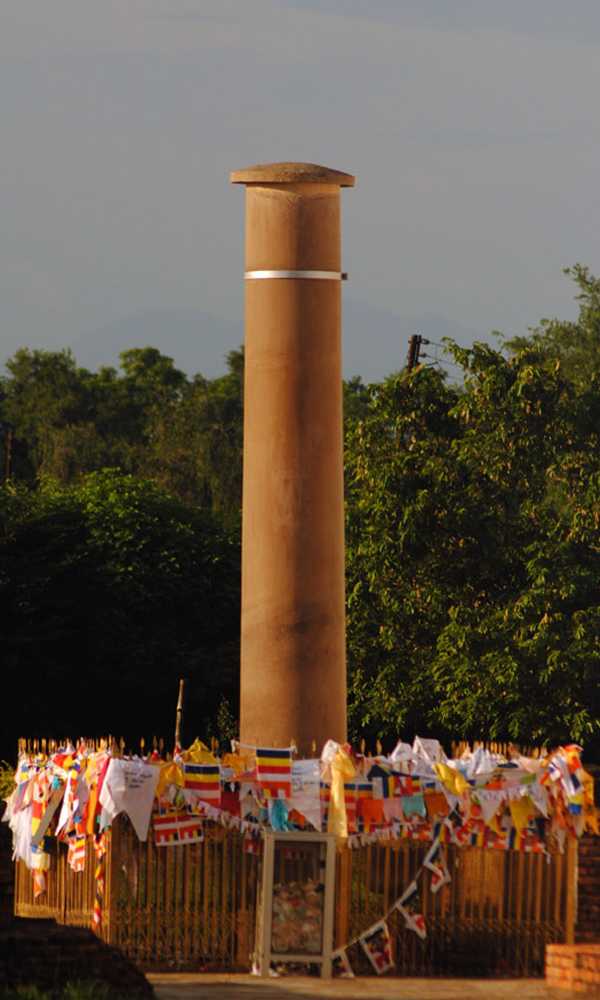
2. Maya Devi Temple
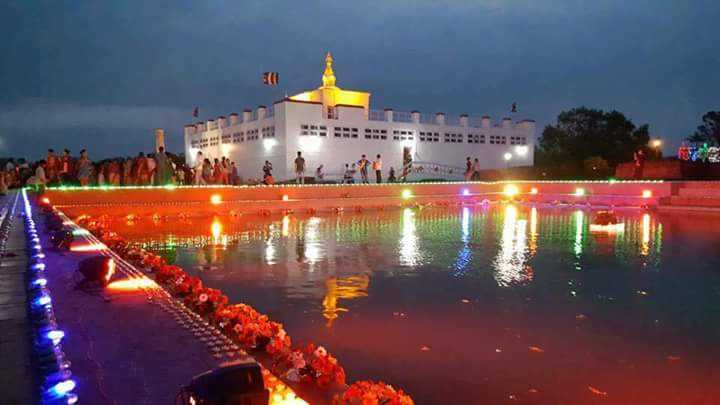
3. Puskarni Pond
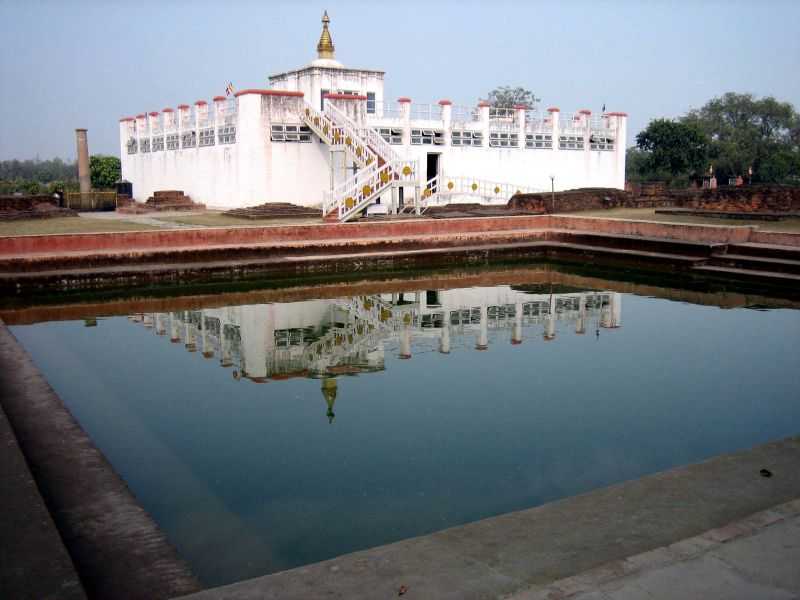
4. Sacred Garden
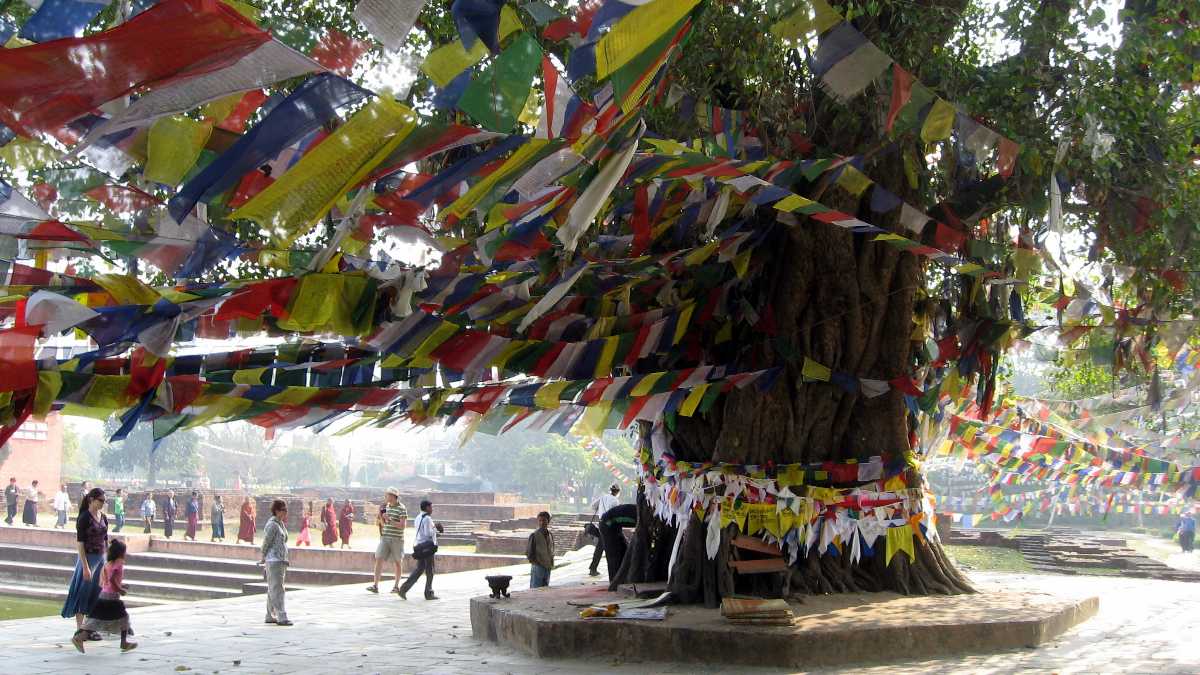
The Sacred Garden tells us the story of the transformation of Siddhartha into Lord Buddha. This place was previously the home of Queen Maya. Lord Buddha left his palace to attain enlightenment from this place. A very important place in the history of Buddhism, the Sacred Garden is an indispensable part of the Buddhist culture.
5. Gotihawa
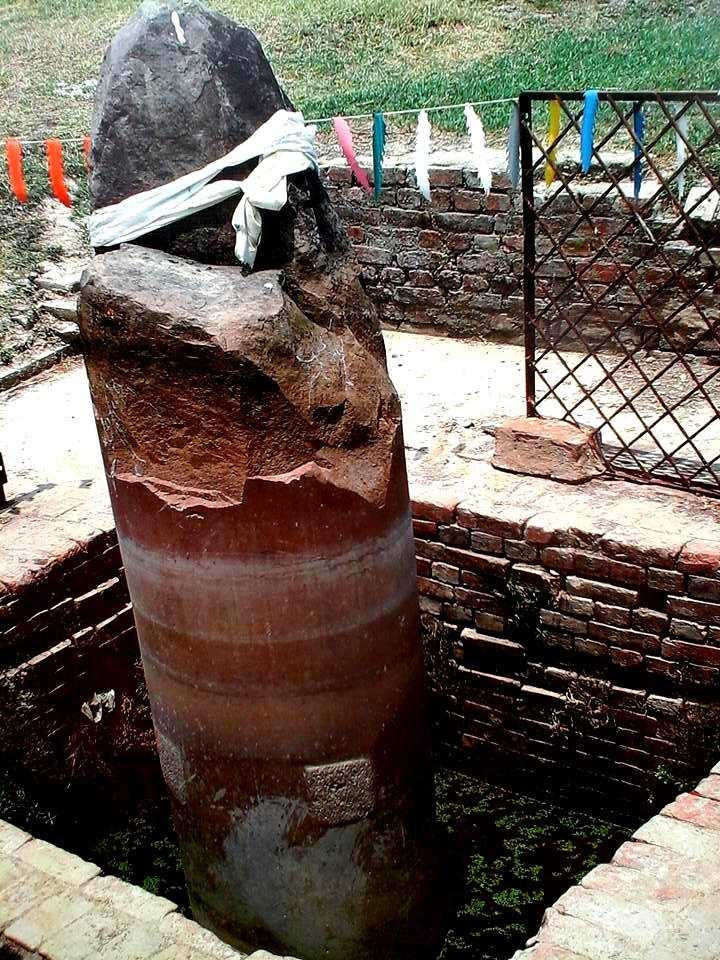
Present Lumbini
Lumbini is now a UNESCO World Heritage Site. It acts as one of the major tourist attractions in Nepal. In the year 2001, Nipponzan Myohoji built a Peace Pagoda in the park. This Peace Pagoda is visited by many people daily irrespective of religion and culture.The history of Lumbini is an important site for Buddhists and Hindus. The ruins of the ancient monasteries depict the story of the rise of Buddhism culture. The sacred Bodhi tree, the ancient bathing pond, and the pillars are an integral part of Nepal’s history too. To dig out more facts and showcase the beauty of Lumbini, there are multiple monuments and monasteries. The Lumbini International Research Institute is also present at the holy site which focuses on the history of this heritage site. As Lumbini is one of the four main pilgrimage points, it is Nepal’s most important treasure.
